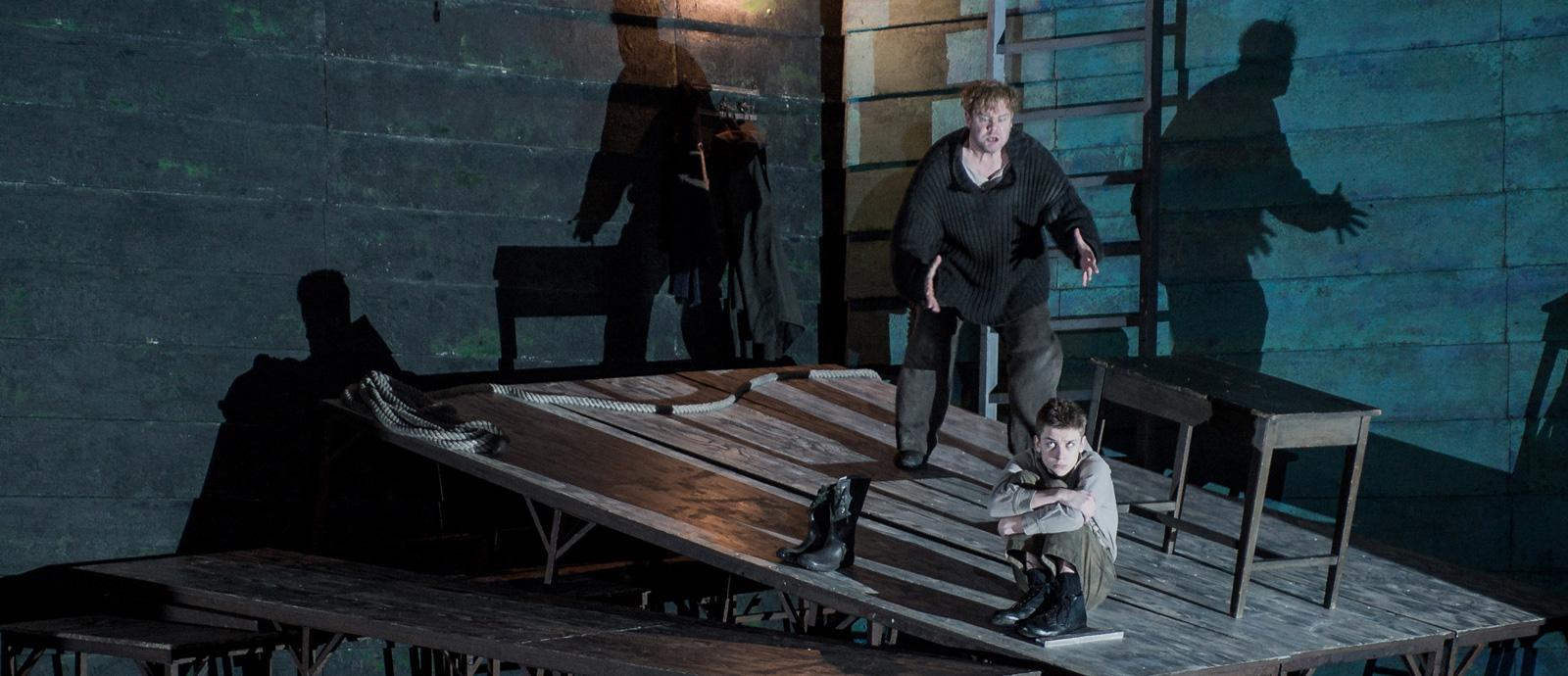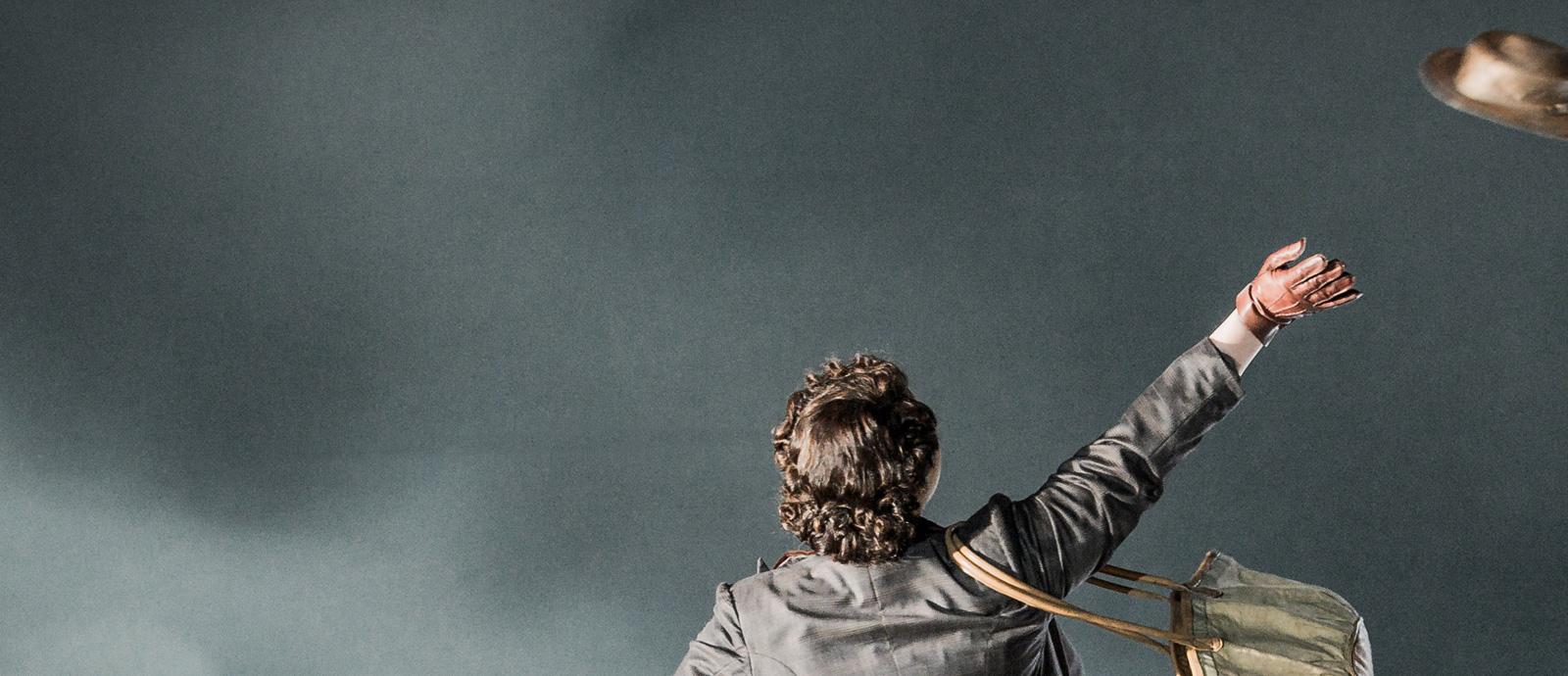An introduction to Paul Bunyan
It’s an operetta by Benjamin Britten…
Paul Bunyan was Britten’s first operatic work, written for student performance. Britten used the American Folklore character Paul Bunyan as inspiration for the operetta.
Set to a libretto by English-American poet W.H. Auden, the opera tells the tale of the eponymous giant and his companion Babe the blue ox, leading a team of lumberjacks to make way for a new world.
Video
The tale has been told in American Folklore for decades…
The story of the giant Paul Bunyan, has been told to American Lumberjacks since the early 1900s. According to the tall-tales, Paul and his larger-than-life clan constructed some of America’s most famous landmarks. The Mississippi river was formed when a tank of water Paul was pulling along acquired a leak and trickled downstream, eventually becoming the famous river. Paul also accidentally created the Grand Canyon when dragging a heavy axe behind him as he searched for firewood.
In 1958, Disney actually created a short musical film based on the North American lumberjack. Paul Bunyan went on to receive an Academy Award nomination, but lost to Looney Tunes. Have a watch of the short below.
Video
Paul Bunyan and Babe the Blue Ox have their own statues in America
Since the 1920s, the eponymous statues have attracted passers by. The roadside attraction, based in Minnesota, has been on the National Register of Historic places since 1988, and was stated as ‘second most photographed statues in the United States’, behind Mount Rushmore.
After negative reviews, Britten withdrew the operetta from performance
The first staging on the production was said to be troubled by dramatic flaws. After its first performances in New York, Britten withdrew Paul Bunyan for 35 years, when it was revised in 1976 with only a few improvements.
Paul Bunyan paved the way for one of Britten’s most famous operas
Peter Grimes is often regarded as one of the masterpieces of post-war opera, which is surprising considering it was only Britten’s second opera. Britten’s time in the states, in which he wrote Paul Bunyan, was crucial in bringing out his attachment to England, and especially his affection for his native East Anglia. Britten was inspired to write Peter Grimes after reading a poem by Suffolk-born George Crabbe. In 1942 he returned to the UK and began writing his most celebrated opera.
Photo Gallery
Britten’s operatic works often feature an ‘outsider’ of some kind
Due to his personal experience of being homosexual at a time when this was illegal, and being a pacifist during the war, Britten wanted his operas to confront social injustice and intolerance. Paul Bunyan is a giant among men; Peter Grimes is ostracised from local villagers.






